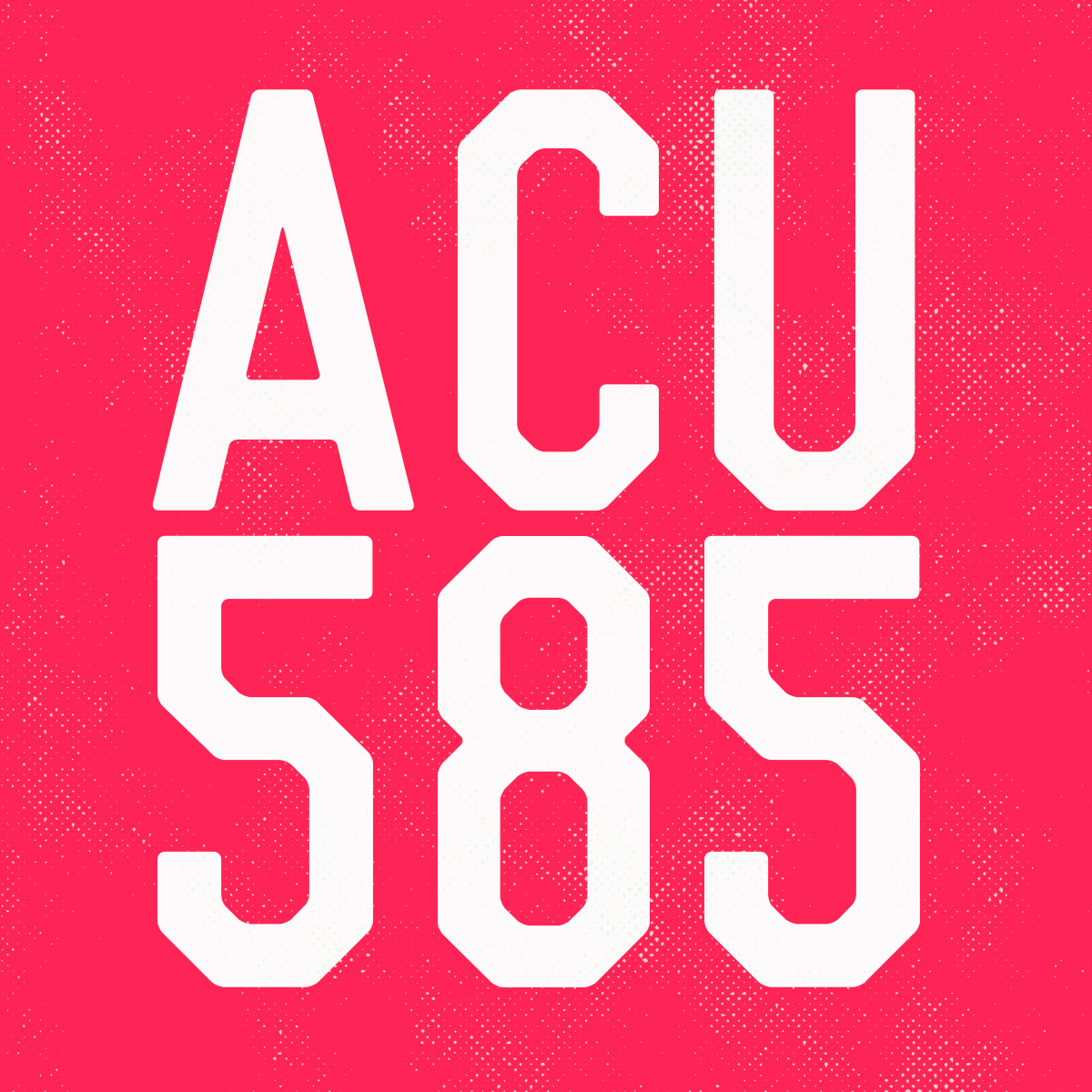Moxabustion
Moxibustion is a traditional Chinese medicine technique that involves the application of heat to specific points on the body using dried herbs, typically mugwort (Artemisia vulgaris). The practice of moxibustion dates back thousands of years and is an integral part of traditional Chinese medicine, along with acupuncture and herbal medicine.
History of Moxibustion
Moxibustion has been practiced for thousands of years and is an integral part of traditional Chinese medicine (TCM). Its origins can be traced back to ancient texts, such as the Huangdi Neijing (Yellow Emperor's Inner Canon), compiled between 475 and 221 B.C.
• Ancient Roots:
The word "moxibustion" is derived from the Japanese term "mogusa" and the Latin word "bustion," which means burning. This therapeutic method was initially developed in China but gained popularity across East Asia, including Japan, Korea, and Vietnam.
• Yin-Yang and Qi Theory:
Moxibustion is based on the fundamental principles of TCM, including the concepts of Yin and Yang and the flow of Qi (vital energy) within the body. According to TCM theory, health imbalances arise when Qi flow is disrupted, and moxibustion aims to restore this flow and bring the body back into balance.
Physiological Mechanisms of Moxibustion
Understanding the physiological mechanisms underlying moxibustion helps shed light on its therapeutic effects and benefits.
• Warming and Tonifying:
Moxibustion involves the burning of a mugwort herb called Artemisia vulgaris, either directly on the skin or indirectly on acupuncture points. The heat generated by moxibustion stimulates specific points and meridians, promoting blood circulation and warming the body. This warming effect is believed to tonify Qi and enhance the body's healing processes.
• Immune Modulation:
Research suggests that moxibustion may have immunomodulatory effects. Heat stimulation from moxibustion can trigger the release of various immune mediators, such as cytokines and neuropeptides, leading to an enhanced immune response. This modulation of the immune system contributes to the therapeutic benefits of moxibustion.
Modern Uses and Benefits of Moxibustion
Moxibustion continues to be widely practiced today and is valued for its various health benefits. Here are some modern applications of moxibustion:
• Pain Management:
Moxibustion has shown promise in alleviating various types of pain, including musculoskeletal pain, arthritis, and menstrual pain. The heat generated by moxibustion promotes local blood flow, relaxes muscles, and reduces pain sensitivity, offering a natural and non-invasive approach to pain management.
• Digestive Disorders:
The warming properties of moxibustion make it effective in treating digestive issues such as indigestion, bloating, and diarrhea. Moxibustion applied to specific acupuncture points can regulate gastrointestinal motility, improve digestion, and restore the balance of the digestive system.
• Fertility Support:
Moxibustion has gained attention as a complementary therapy for fertility support. By stimulating specific acupuncture points, moxibustion may help regulate menstrual cycles, improve ovarian function, and enhance the chances of successful conception.
• Immune Support and Well-being:
As mentioned earlier, moxibustion's immune modulating effects can help strengthen the immune system, promoting overall health and well-being. Regular moxibustion sessions may enhance immune function, increase resistance to pathogens



